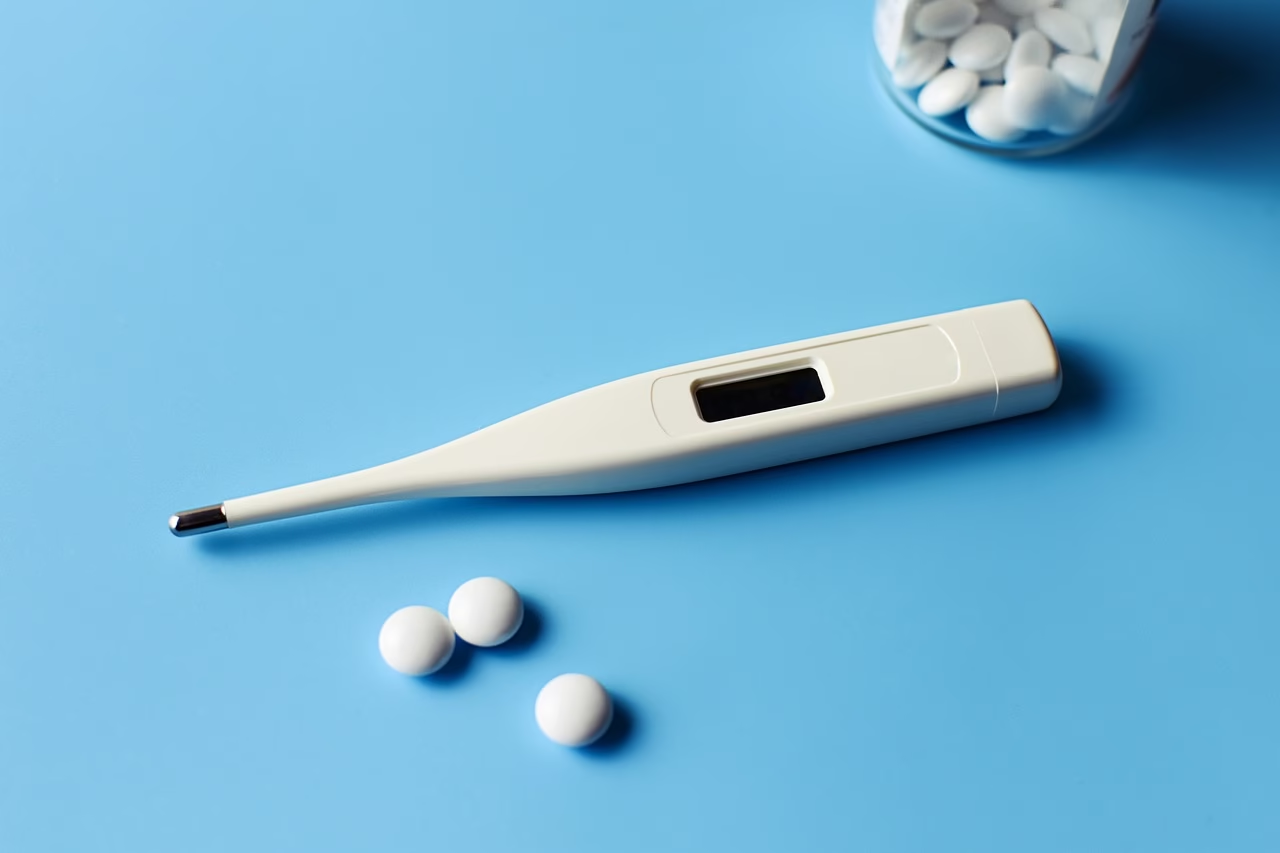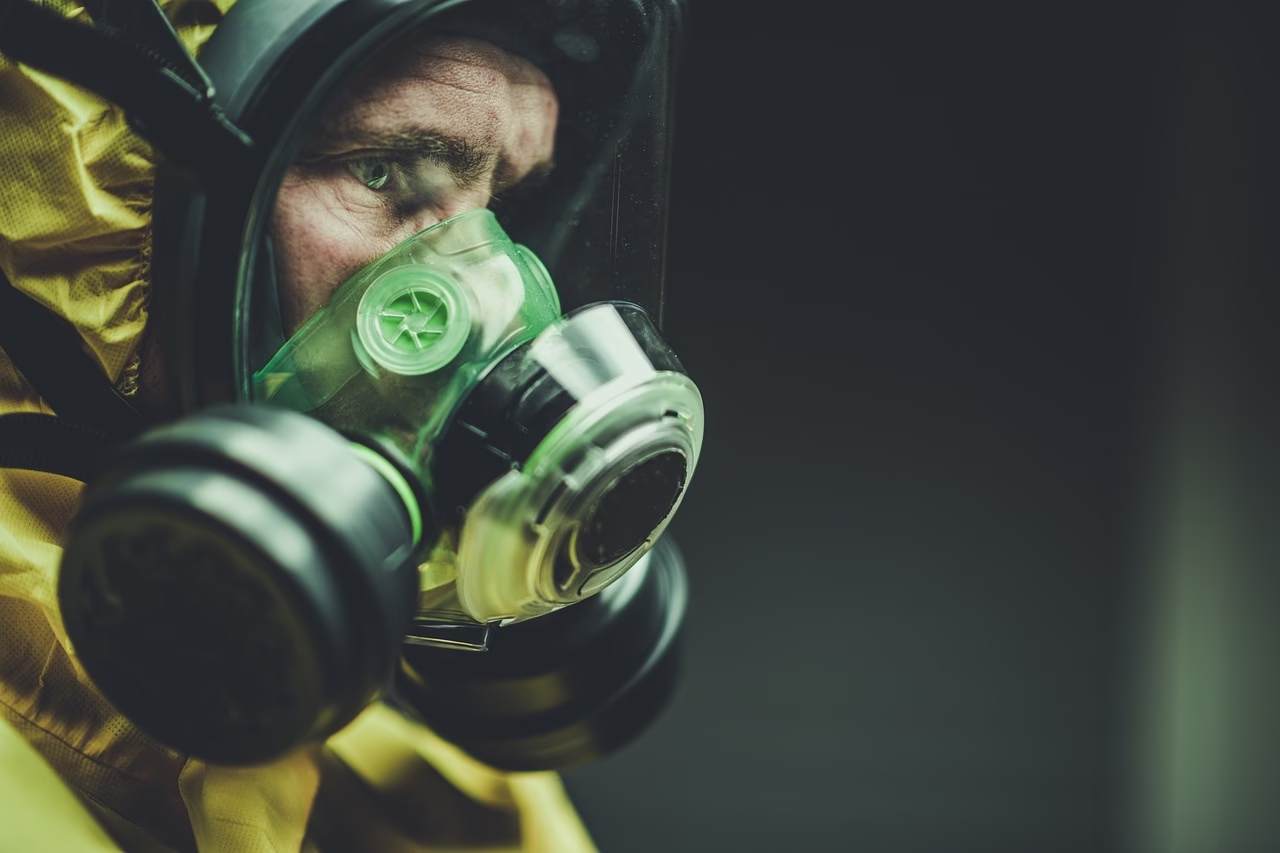When I sat down with the preliminary data from the LabMed Discovery trial published this May, my heart skipped a gentle beat. As many of you know, I have spent over a decade exploring the subtle dance between micronutrients and neurodevelopment. Still, it is rare to see a nutritional intervention move the needle on core autism symptoms rather than peripheral concerns such as sleep or irritability. Today, I’d like to walk you through why the latest vitamin D₃ nanoemulsion study matters—and how we as parents, caregivers, and clinicians can hold both hope and scientific rigor in the same compassionate palm.
Why Vitamin D Matters in Autism
Vitamin D₃ (cholecalciferol) is more than a “bone vitamin.” It modulates immune signaling, governs hundreds of genes in the developing brain, and shapes neurotransmitter pathways that influence language and social engagement. Many autistic children struggle with sensory-based food selectivity or gastrointestinal malabsorption, leaving them vulnerable to vitamin D insufficiency. Earlier trials with conventional vitamin D supplements hinted at behavioral benefits, yet results were inconsistent—partly because blood levels plateaued below the therapeutic sweet spot.
What Makes Nanoemulsion Different?
Nanoemulsions wrap fat-soluble molecules like vitamin D₃ in microscopic droplets—about 50–150 nanometers wide—suspended in water. Picture thousands of tiny sunscreen “bubbles” drifting through the GI tract, dramatically enlarging the surface area for absorption. This technology bypasses many of the obstacles that impair uptake in children with digestive challenges, allowing serum vitamin D to rise faster and steadier while using lower doses.
Highlights from the New Clinical Trial
Conducted across two pediatric centers, the randomized, double-blind study followed 80 children aged 3–6 with moderate autism over six months. Half received a daily vitamin D₃ nanoemulsion (2,000 IU in 5 mL), and half received a matching conventional oil drop of the same dosage.
- Bioavailability: Median serum 25-hydroxyvitamin D climbed to 41 ng/mL in the nano group versus 29 ng/mL in the control group by week 24.
- Core symptoms: Scores on the Childhood Autism Rating Scale improved by an average of 4.3 points in the nano group—crossing the threshold for clinically meaningful change—compared with 0.9 points in controls. Language gains on the Preschool Language Scale mirrored these results.
- Adaptive behavior: Vineland Adaptive Behavior composite scores rose 8 standard points in the nano group, reflecting better daily living and socialization skills.
- Safety: No significant changes in serum calcium or kidney-liver markers were noted. A few children reported mild, transient stomach upset during the first week.
These findings echo 2023 pharmacokinetic studies demonstrating increased bioavailability and reassuring safety profiles in animal models. What is fresh—and frankly groundbreaking—is the translation of lab chemistry into meaningful behavioral change for young children on the spectrum.
What This Means for Families
Hope, when married to evidence, becomes a form of gentle power.
Watching a child say a new word, look into a caregiver’s eyes with curiosity, or manage a multi-step play routine can feel like sunlight breaking through clouds. If vitamin D₃ nanoemulsion consistently nurtures such moments, it could fill an important gap between intensive therapies (ABA, speech, OT) and pharmaceutical options that sometimes carry heavier side-effect baggage.
However, every child’s biology is unique. Roughly 15 % of participants in the trial were “non-responders,” underscoring that genetics, microbiome composition, and co-existing nutrient deficits all influence outcome. This intervention should be seen as part of a holistic plan that includes balanced nutrition, sensory-integrated therapies, and, above all, attunement to the child’s individuality.
Practical Take-aways
- Testing first: Ask your pediatrician for a baseline 25-hydroxyvitamin D blood test. Optimal neuro-immune levels often sit between 40–60 ng/mL.
- Choose quality: If exploring nanoemulsion products, look for third-party testing (NSF, USP) verifying nanoparticle size and the absence of heavy-metal contaminants.
- Dosing guidance: The study used 2,000 IU daily for preschoolers. Work with a licensed clinician to individualize—especially if your child already takes a multivitamin.
- Combine with healthy fats: Even emulsified droplets benefit from companions like avocado or olive oil at meals, supporting gallbladder signaling and further uptake.
- Track progress: Keep a simple journal noting sleep, language attempts, meltdowns, and digestive patterns. Small shifts over weeks may reveal a trend invisible day-to-day.
A Gentle Word of Caution
The excitement is justified, yet we must honor the scientific method. This was an early-phase trial with modest sample size and a six-month window. Long-term safety, puberty-related physiology, and gender-specific responses still need exploration. Cost and manufacturing transparency are additional hurdles; nanoemulsions remain pricier than standard drops, and not all brands adhere to pharmaceutical-grade production.
I encourage families to avoid self-experimenting with high-dose vitamin D or homemade emulsifiers. Over-supplementation can quietly push calcium levels high, affecting kidneys and the heart. Always partner with a practitioner who can monitor labs every 3–6 months.
Science lights the path, but community holds the lantern.
If your family chooses to embark on a nanoemulsion trial, consider joining supportive forums or local parent networks. Shared stories build resilience and remind us that progress is rarely linear. Celebrate incremental victories—an extra syllable, a calmer grocery trip, a new bedtime ritual—and give yourself permission to rest on challenging days.





